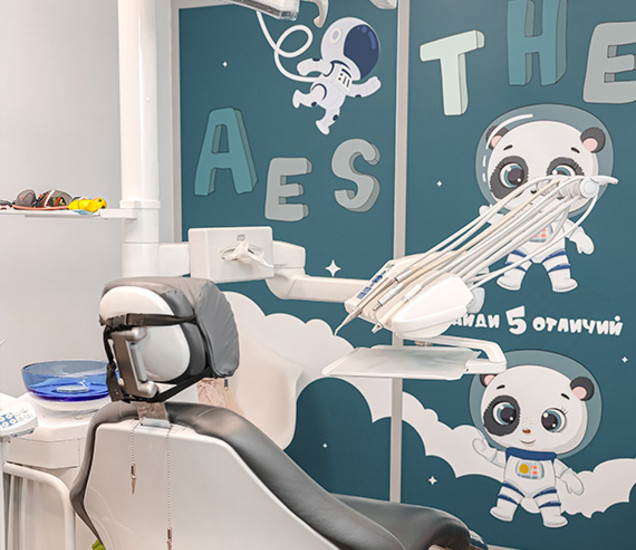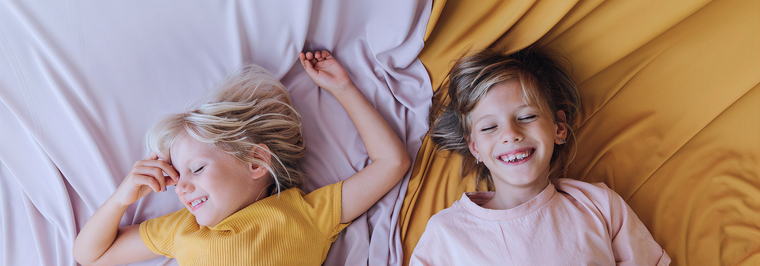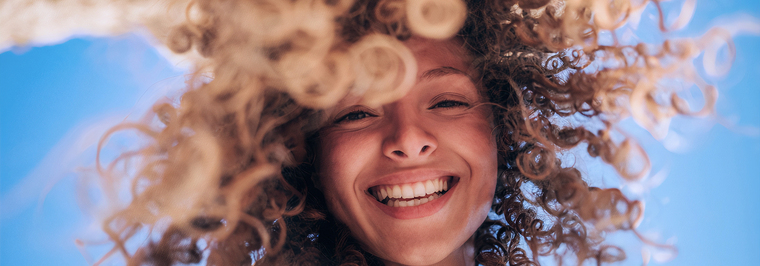According to statistics, malocclusion is found in more than 80% of people. For most, these imperfections are subtle, do not affect health, and have no impact on daily life. However, there are cases where orthopedic treatment is necessary. AESTHETE Dental Clinic offers a solution: braces installation. Our medical center is located in Dubai (UAE), Bluewaters Island, and is staffed by highly qualified and experienced dentists.
How we can be
useful to you:
Veneers Without Grinding
Pediatric dentistry
Correction of bite
Implantation and crowns
How It Works
A bracket is a plate or clip attached to a tooth. A non-removable orthodontic structure made of multiple brackets connected by an archwire is called a braces system.
The archwire is the active element of the system. Once installed, the orthodontist adjusts its tension to a pre-calculated level. The wire attempts to return to its original shape, exerting pressure on individual brackets. This pressure is transferred to the teeth, gradually moving them in the desired direction.
The movement occurs slowly but steadily. The duration of orthodontic treatment depends on the severity of the defect being corrected, typically lasting several years.
Braces deliver particularly effective results when applied to children whose jaw and dental systems are still developing and whose bone tissue has not yet hardened. For adults, this method of bite correction is also effective, but the treatment duration is longer. In some cases, alternative methods for correcting dental imperfections may be recommended for adult patients.
Advantages and Disadvantages of Braces
Orthodontic systems like braces have both benefits and drawbacks. During a consultation, the dentist typically explains these details to provide the patient with enough information to make an informed decision.
Advantages
- Predictable Results: Braces effectively correct malocclusion in both children and adults. In many cases, they are the only viable solution for addressing bite issues.
- Broad Indications: These non-removable orthodontic systems can address a wide range of bite problems. The only exceptions are severe defects that require surgical intervention.
- No Upper Age Limit: Braces are not just for teenagers; they are also suitable for adults. However, the retention period, which is necessary to secure the results, tends to be longer for older patients.
- Variety of Models: Patients can choose from metal, ceramic, or artificial sapphire braces. Options include ligature or self-ligating systems, as well as vestibular (front-facing) or lingual (placed behind the teeth) installations. This variety allows customization based on the severity of the defect and the patient’s preferences.
- Minimal Impact on Smile Aesthetics: While traditional metal brackets on vestibular braces are highly visible, alternatives like ceramic or lingual systems significantly reduce visibility, offering a more discreet appearance.
Disadvantages
- Discomfort and Pain at the Start of Treatment: The force exerted by braces causes pressure on the teeth, often leading to pain in the first few days after installation. Braces may also irritate the soft tissues of the mouth.
- Dietary Restrictions: Foods need to be cut into smaller pieces before eating. Hard, tough, or sticky foods should be avoided entirely.
- Intensive Maintenance Requirements: Braces require regular cleaning using specialized tools such as toothbrushes, floss, and interdental brushes. Without proper hygiene, the risk of cavities increases.
- Visibility: Traditional metal brackets on vestibular braces are noticeable, which can cause self-consciousness during social interactions. While ceramic and sapphire braces are less conspicuous, they are not completely invisible.
By understanding these pros and cons, patients can make an informed decision that aligns with their dental needs and lifestyle.
When Braces Are Necessary
The most common reason for orthodontic treatment is malocclusion, which includes improper alignment of the dental arches, disproportionate jaw development, and abnormalities in the size, shape, or angle of teeth. These issues can lead to a range of problems:
- Facial Aesthetics, Expression, and Speech: Malocclusion can disrupt facial symmetry and speech clarity, affecting a person’s appearance and communication skills. This often leads to psychological challenges, including social withdrawal.
- Difficulty Chewing: Improperly aligned teeth make it hard to chew food properly, which can result in gastrointestinal disorders.
- Headaches and Neck Discomfort: Misaligned jaws and teeth can cause chronic headaches and discomfort in the cervical spine.
- Tooth Wear and Damage: Misaligned teeth increase enamel wear on neighboring healthy teeth, accelerating decay. Fillings and crowns are also at higher risk of failure.
- Crowded Teeth: Crowding prevents effective cleaning of the spaces between teeth, raising the risk of cavities.
These issues can affect children, teenagers, and adults. Regardless of age, proper orthodontic treatment is essential to address these concerns.
In some cases, braces are used for adults as part of preparation for prosthetics or implants. For example, braces may be required to create space in the dental arch for crowns by repositioning teeth.
Another indication for braces is obstructive sleep apnea caused by abnormalities in the structure of the jaw or teeth.
Contraindications
Braces are subject to certain restrictions, which can be either temporary (relative) or permanent (absolute).
Relative Contraindications:
- Cavities and other dental issues: These must be treated before braces can be installed.
- Inflammation of periodontal tissues: Pre-treatment is required to address these conditions.
- Lack of permanent teeth: Braces are generally recommended for children aged 13–14 years or older. For younger children, braces are prescribed only in exceptional cases after thorough diagnostics.
Absolute Contraindications:
- Cancer: Orthodontic treatment is contraindicated for patients with oncological diseases.
- Fragility and Wear of Enamel: Pathological conditions that weaken enamel prevent successful treatment.
- Advanced Age-Related Changes: Significant changes in the jaw and dental structures due to aging can make braces unsuitable.
- Mental or Nervous Disorders: Conditions that prevent the patient from understanding or following the dentist’s instructions.
- Allergic Reactions to Braces Materials: While alternative materials can sometimes be used, it is not always possible to find a suitable solution.
These considerations ensure that orthodontic treatment is both safe and effective for patients.
Braces
-
Title
Price
-
Braces
from 18 630 AED
Types of Braces
Non-removable orthodontic systems vary by:
- Installation method – vestibular or lingual.
- Design – ligature or self-ligating.
Vestibular Braces
This is the traditional solution. Vestibular braces are attached to the front surface of the teeth. Their main advantage over other models is their ability to correct even severe malocclusion cases. They are relatively easy to install and maintain.
Drawback: They are visible to others. This issue can be mitigated by using ceramic or artificial sapphire brackets, which are less noticeable, although still visible.
Lingual Braces
These systems are attached to the inner surfaces of the teeth, making them completely invisible to others. This allows for the use of less expensive metal brackets without affecting aesthetics.
Drawbacks:
- Complex installation process.
- High cost.
- Prolonged adjustment period.
- More frequent dental check-ups.
- Challenging maintenance – cleaning brackets and wires on the inner surfaces of the teeth is particularly difficult.
Lingual braces are often preferred by adults in public-facing professions, where invisibility outweighs the disadvantages.
Ligature Braces
In these systems, the archwire is secured to the brackets with ligatures, which are elastic rings or metal wires. Over time, ligatures stretch or break and require replacement. Patients cannot fix this themselves, so regular visits to the dentist are necessary to adjust the tension and replace worn ligatures, typically every month.
Advantages:
- Classic design.
- Easy installation.
- Effective results.
Drawback: They appear bulkier compared to other options.
Self-Ligating Braces
In self-ligating (or ligature-free) systems, the archwire is held in place by built-in clips on the brackets, eliminating the need for additional components. These braces are less bulky and exert gentler pressure on the teeth, but they are less effective than ligature models for certain complex corrections.
Patients using self-ligating braces also need to visit the dentist periodically, but less frequently than those with ligature systems.
More Dental Services
Types of Braces by Material
Orthodontic archwires are always made from metal. Commonly used materials include titanium, nickel, copper, and molybdenum alloys. The choice depends on the complexity of the defect to be corrected, and this decision is made by the dentist. However, patients can choose the material for the brackets. Available options include:
- Metal
- Ceramic
- Artificial sapphire
- Plastic
Materials can also be combined. For example, brackets with high aesthetic appeal (ceramic or sapphire) can be used for visible teeth in the smile zone, while more durable metal brackets can be applied to molars.
Metal Braces
Metal brackets are the most common and traditional choice. Their advantages include versatility and the ability to correct even the most severe malocclusions. The downside is their visibility, especially with vestibular placement.
The pros and cons also depend on the type of metal used:
- Steel: Strong and highly effective, but may cause allergic reactions and leave a metallic taste in the mouth.
- Titanium or titanium alloys: A more biocompatible option, often used for patients allergic to steel.
- Gold-coated steel: Prevents allergic reactions and improves the aesthetic appearance of the braces.
Ceramic Braces
Semi-transparent ceramic brackets resemble natural tooth enamel, making them a great choice for patients who want their orthodontic appliance to be less noticeable.
Drawbacks:
- Less durable than metal, making them unsuitable for correcting complex defects. Extra care is required when biting and chewing.
- Low-quality ceramic can absorb pigments from food and drinks, leading to discoloration and a decline in aesthetic appeal.
Artificial Sapphire Braces
This material has greater transparency than ceramic, blending even better with natural enamel for a discreet look.
Drawbacks:
- High cost.
- Challenging installation process.
- Moderate durability, making them unsuitable for severe malocclusions.
- Potential discoloration from food and drink pigments.
Plastic Braces
Plastic brackets are increasingly used in modern orthodontics. They can be made in various colors, turning the braces into a fun accessory, especially for children who may feel self-conscious about wearing them.
Advantages:
- Affordable price.
- Quick adaptation period.
- Minimal risk of allergic reactions.
Drawbacks:
- Fragile material, suitable only for correcting mild defects.
- Frequent replacement of brackets is required.
- Significant discoloration from food and drink.
By understanding these materials, patients can select braces that best meet their functional and aesthetic needs.
Why Are Retainers Needed?
Retainers are devices placed on teeth after braces are removed. There are two types:
- Removable: These are plastic aligners resembling caps.
- Fixed: These are made from wire and are typically positioned on the back surface of the teeth.
In some cases, one jaw may require a removable retainer, while the other uses a fixed one.
When teeth shift to new positions, soft tissues form around their roots to stabilize them in their new alignment. However, this process takes a significant amount of time. If orthodontic treatment is stopped prematurely, teeth may revert to their previous positions.
This is why a retention period begins after braces are removed. This period is essential for stabilizing tissues to form fully around the roots, which helps to secure the results of the orthodontic treatment.
The duration of retainer use is typically twice as long as the period during which braces were worn. For older patients, the retention period may need to be indefinite.
Children, teenagers, and young adults can often use removable retainers. However, these retainers should only be removed when allowed by the dentist, such as during meals or for cleaning.
To make you healthy,
happy and successful!
will help you with this
Stages of Braces Installation
The interaction between the orthodontist and the patient begins with a consultation. During this appointment, the dentist examines the oral cavity, evaluates the structure of the dental and jaw system, and identifies any anomalies. The following procedures are typically required:
- Panoramic X-rays of the jaws.
- Photo documentation.
- Dental impressions.
The orthodontist listens to the patient’s concerns, understands their expectations, and helps select the appropriate type of braces based on the diagnostic results.
Oral sanitation is a critical step. Orthodontic devices must be installed on healthy teeth, so the following measures are necessary:
- Treat cavities and other dental conditions, and eliminate any inflammation.
- Perform professional cleaning to remove soft plaque and hard deposits, such as tartar.
- Carry out remineralization: A special gel is applied to the teeth to enrich the tissues with fluoride and calcium, strengthening them.
In some cases, tooth extraction may be needed to create space for the movement of other teeth.
Based on dental impressions, technicians fabricate the braces in the laboratory. At the scheduled time, the patient visits the clinic for their installation.
The process of attaching the brackets to the teeth is painless. The dentist begins by cleaning the enamel and applying a special adhesive substance to its surface to enhance bonding. Then, the brackets are glued one by one, following a pre-designed model. A dental adhesive is used to ensure a secure fixation.
The installation procedure takes about 1 to 1.5 hours. After attaching the brackets, the dentist removes any excess adhesive from the enamel surface, connects the brackets with a metal archwire, and adjusts the wire to apply pressure to the teeth for the desired movement.
Afterward, the orthodontist provides instructions for adapting to the braces, explains how to care for them, and sets up a schedule for follow-up visits. Regular appointments are necessary to:
- Adjust the tension of the archwire.
- Monitor the progress of the orthodontic treatment.
- Make corrections to the treatment plan if needed.
Diet with Braces
After braces are installed, an adjustment period begins. During this time, the diet should consist of soft foods. Recommended dishes include:
- Soft porridges.
- Mashed or blended vegetable or fruit purees.
- Yogurts, puddings, and low-fat cottage cheese.
- Broths.
- Soups without solid components.
- Baby food.
Gradually, you can return to a more typical diet. However, it is important to follow these principles:
- Cut food into small pieces to minimize biting into it.
- Ensure the food is at a comfortable temperature—not too hot or cold.
- Avoid hard, sticky, or chewy foods.
- Steer clear of foods and drinks containing intense dyes, especially if the brackets are made of plastic, ceramic, or artificial sapphire.
It’s essential that the diet remains balanced, providing the body with necessary vitamins and minerals.
Evaluate the amazing
results of our clients:
FAQ
How long do I need to wear braces?
The duration of orthodontic treatment depends on individual factors, including the patient’s age and the severity of the issue being corrected. The minimum treatment time is 6–12 months, but most patients wear braces for 1 to 3 years.
At what age is it best to get braces?
Around 13–14 years old. By this age, jaw development and the eruption of permanent teeth are usually complete.
Will braces interfere with sports, playing musical instruments, or singing?
Braces are compatible with sports, especially if you use protective plastic mouthguards. Singing and playing wind instruments may pose some initial challenges, particularly with lingual braces. However, patients typically adapt, and these inconveniences subside after a couple of weeks.
What Happens After Braces Are Removed?
For some time after braces are removed, you will need to wear retainers—special devices that help secure the results achieved during orthodontic treatment. Your bite will be corrected, and any problems caused by dental alignment issues will be resolved.
How to Care for Braces?
It is essential to clean both your teeth and the fixed orthodontic appliances regularly. Ideally, this should be done after every meal, but at the very least, twice a day. To ensure thorough cleaning, use the following tools:
- A special toothbrush designed for braces.
- An irrigator for flushing out food debris.
- Interdental brushes.
- Floss (dental tape).
- Mouthwash.
Proper hygiene is key to maintaining oral health during orthodontic treatment.
Does Getting Braces Hurt?
No, the process of installing braces is completely painless. Brackets are secured to the teeth using an adhesive, and no uncomfortable procedures, such as grinding, are required beforehand.
However, after the braces are installed, you may experience toothache due to the mechanical pressure. This discomfort typically subsides within 1.5–2 weeks. For some time after that, minor discomfort may still be noticeable.
Literature sources
- Moresca R. Orthodontic treatment time: Can it be shortened? Dental Press J Orthod. 2018 Dec;23(6):90–105.
- Grippaudo C, Paolantonio EG, Antonini G, Saulle R, La Torre G, Deli R. Association between oral habits, mouth breathing and malocclusion. Acta Otorhinolaryngol Ital. 2016;36(5):386-394.
- American Association of Orthodontists. 7 orthodontic facts you should know.
Our clinics:
Clinic in Dubai
Resident part, Building 10
Clinic in Moscow
metro Chistye prudy
Clinic in Moscow (Barvikha)
Shopping center "Dream House" 3rd floor










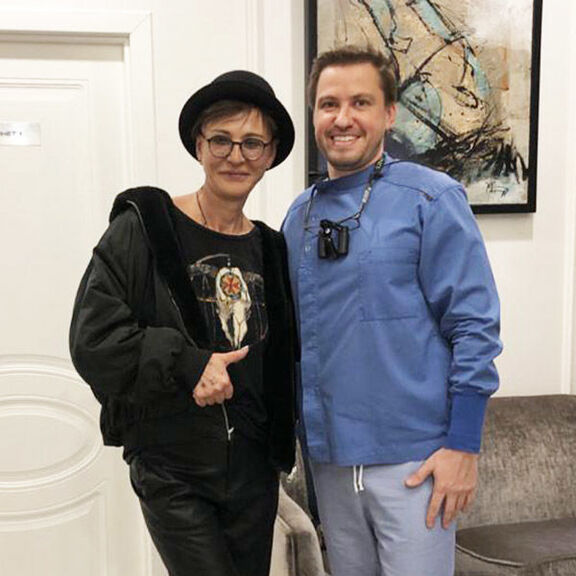

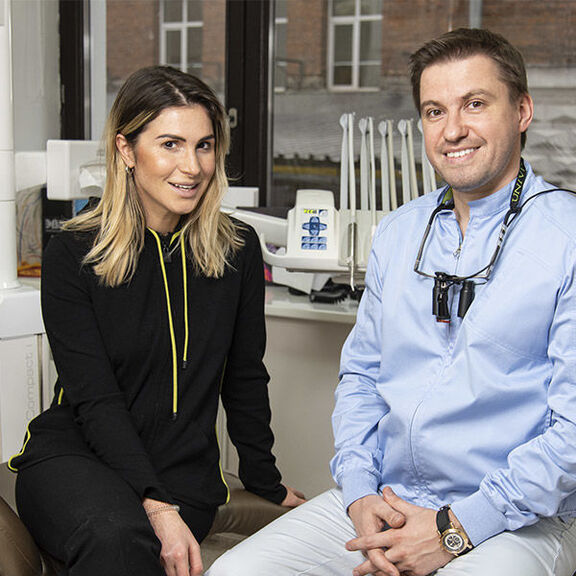




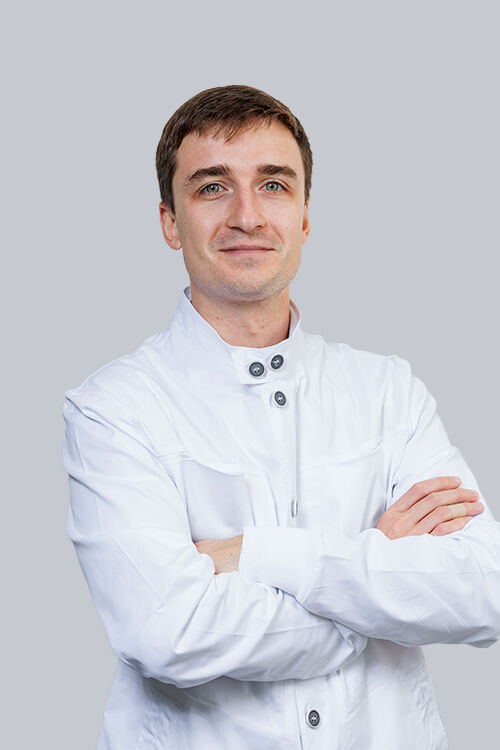




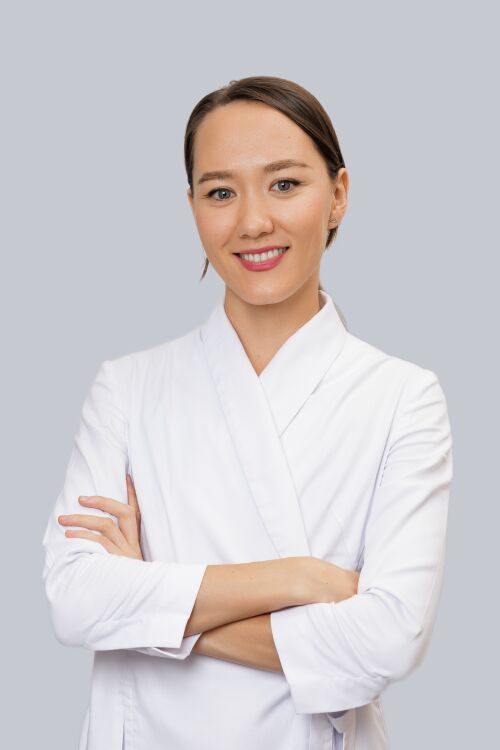

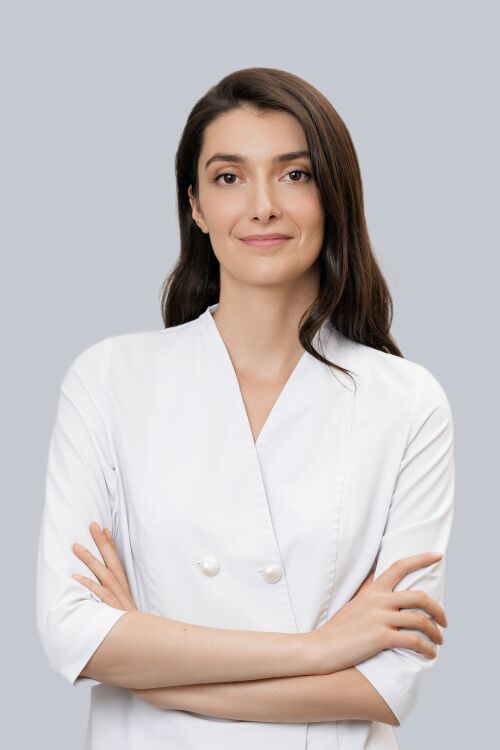
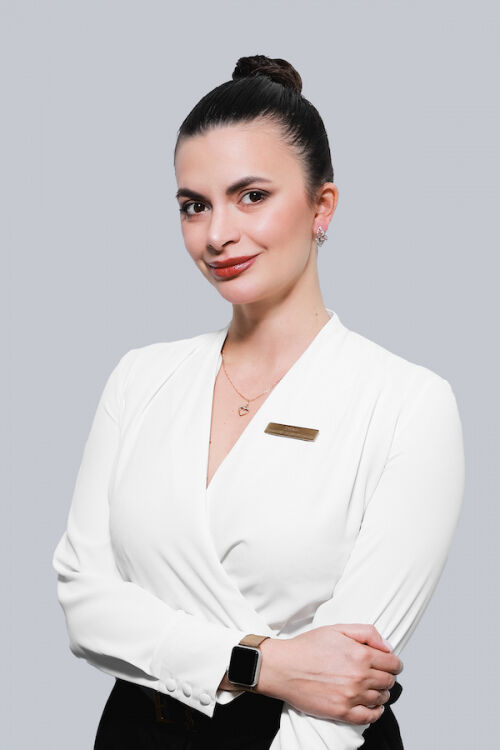
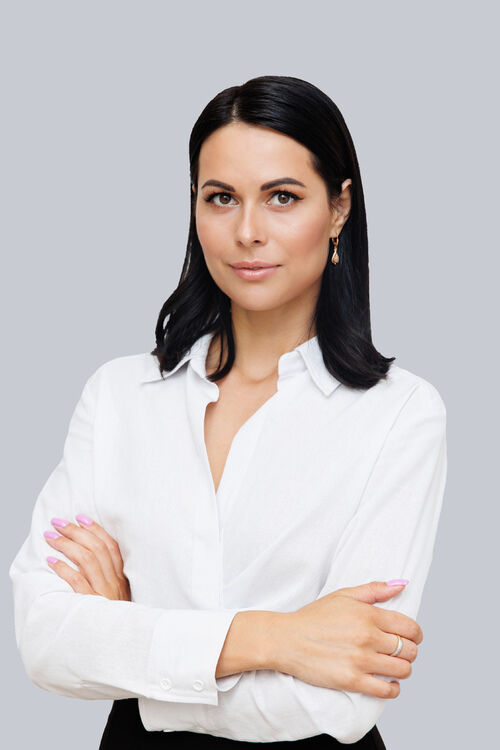








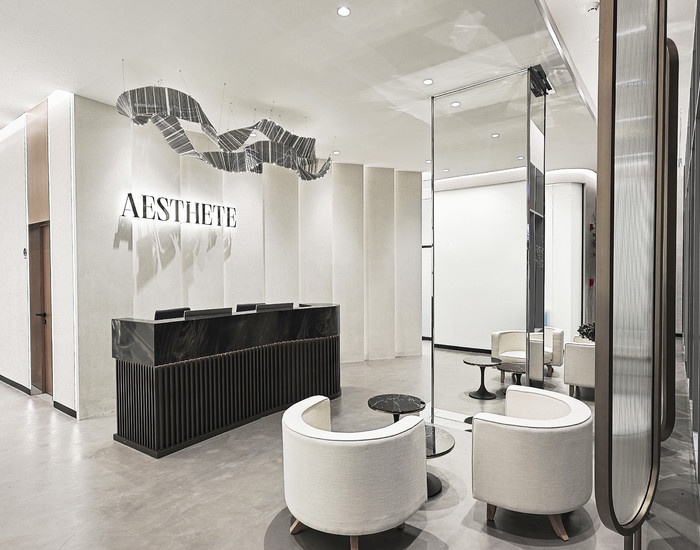
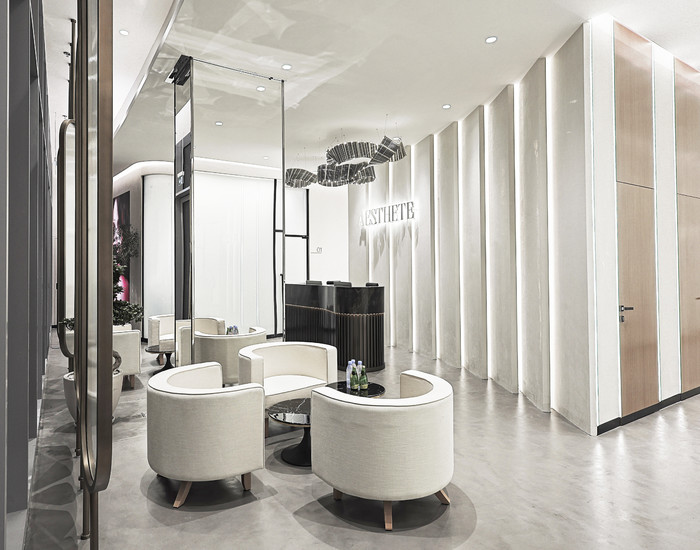
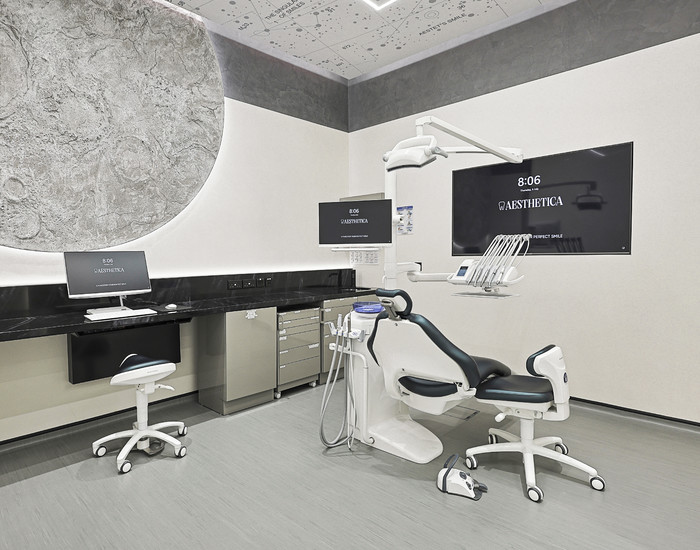
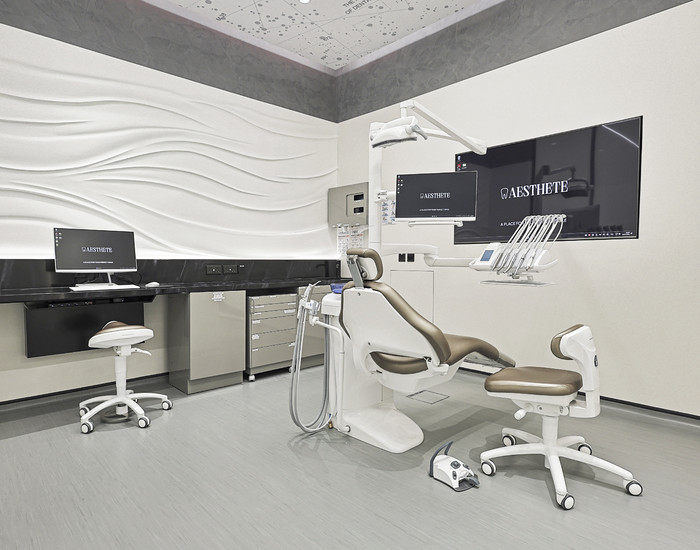



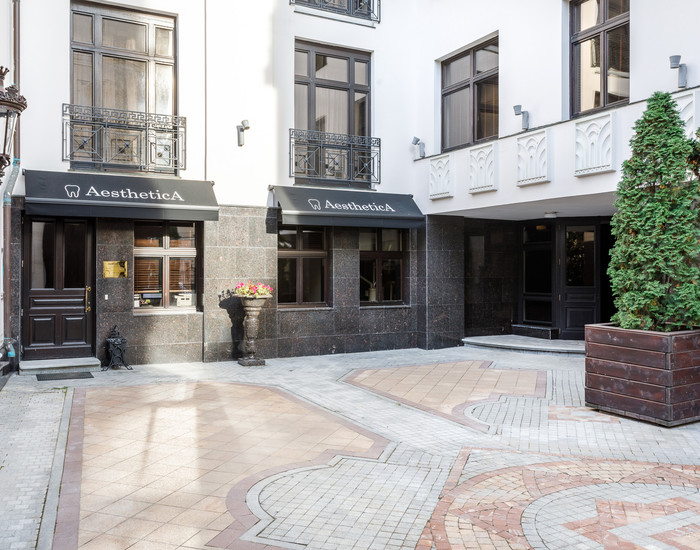


_700x550_ac7.jpg)
